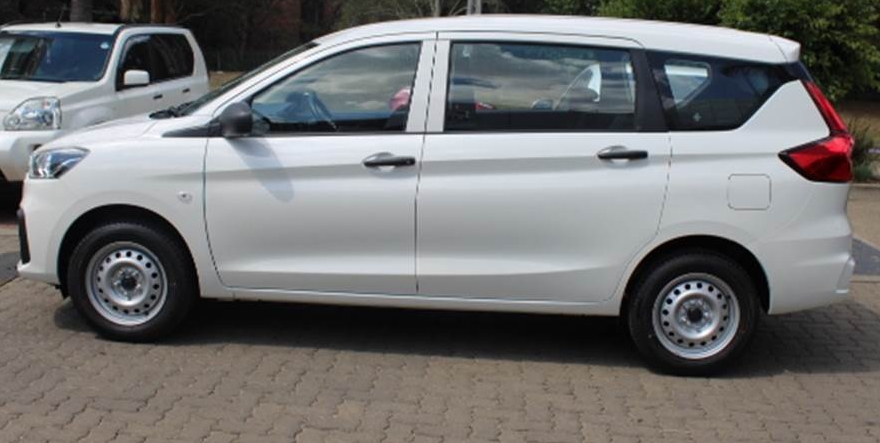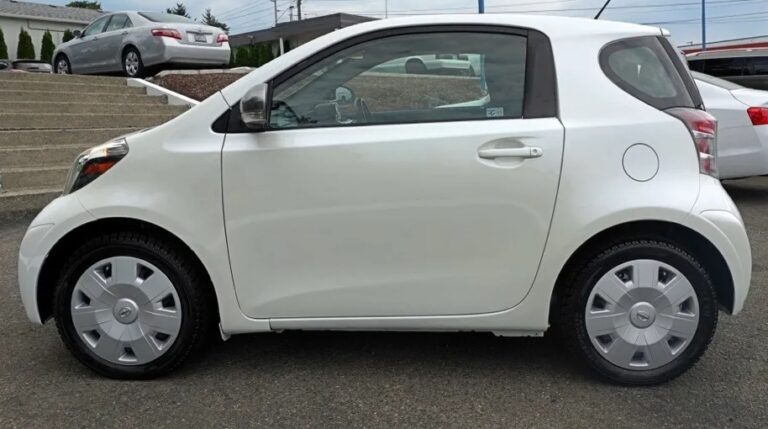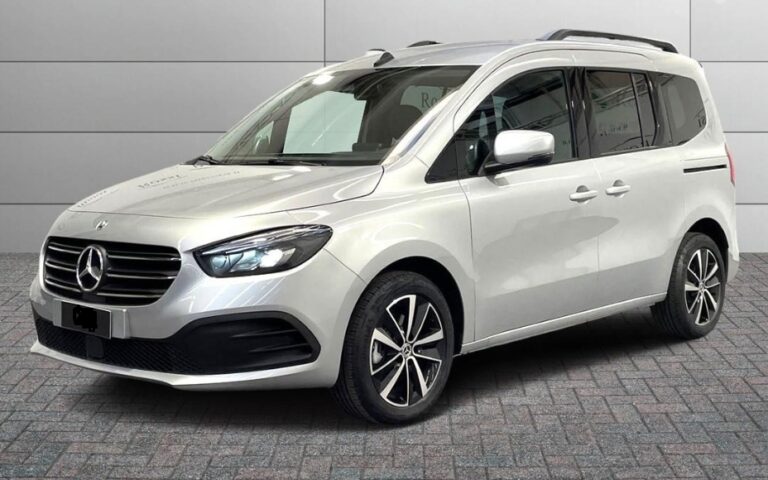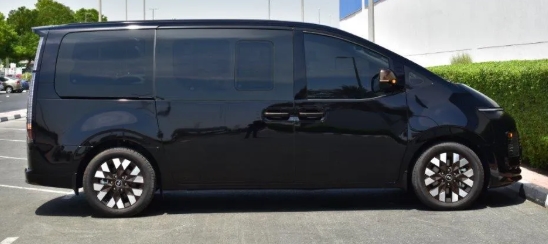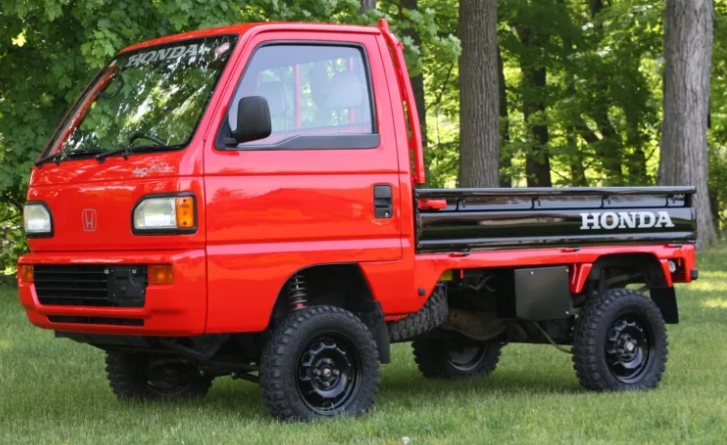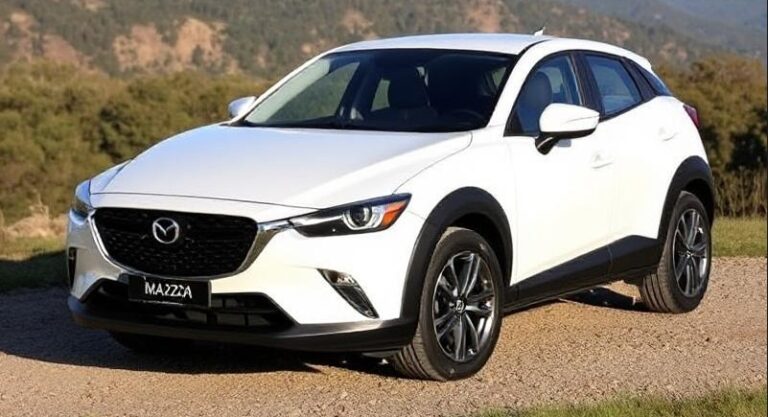The Evolution of the Suzuki Ertiga
The Suzuki Ertiga has emerged as a prominent player in the compact MPV (multi-purpose vehicle) segment since its debut, capturing the attention of families and urban drivers worldwide. Its evolution over the years reflects Suzuki’s commitment to versatility, affordability, and practicality. This article provides an in-depth look at the Suzuki Ertiga’s development, including production years, models, and trim levels offered across its generations.
Introduction
Launched initially in 2012, the Suzuki Ertiga was designed to fill the niche for a compact, affordable, and versatile family car. Originally targeted at emerging markets in South Asia, Southeast Asia, and parts of Africa, the Ertiga quickly gained popularity for its spacious interior, fuel efficiency, and affordability.
Over the years, Suzuki has refined the Ertiga through multiple generations, each bringing improvements in design, technology, safety, and performance. The vehicle has also expanded its global footprint, with various markets receiving different specifications and features tailored to local preferences.
First Generation (2012–2018)
Introduction and Launch
The Suzuki Ertiga was first introduced in 2012 at the Indonesian International Motor Show. It was built on the Suzuki Basis platform, sharing components with other Suzuki models like the Suzuki Swift and Suzuki Splash. Its primary markets initially included Indonesia, India, and other Asian markets.
Model Years and Production
- Production Period: 2012–2018
- Global Presence: Mainly in Asia, Africa, and parts of Latin America
Design and Features
The first-generation Ertiga featured a modern, compact MPV silhouette with a focus on practicality. It was offered as a 5-door vehicle with three-row seating, accommodating 7 passengers. The design emphasized a high roofline, large windows, and a spacious interior relative to its footprint.
Powertrain Options
- India & Asian Markets: The initial models offered a 1.4-liter K14B petrol engine producing approximately 94 PS (69 kW) and 130 Nm of torque, paired with a 5-speed manual transmission or a 4-speed automatic.
- Diesel Variants: A 1.3-liter DDiS turbodiesel engine was also available in some markets, delivering around 90 PS (66 kW).
Trim Levels & Features
In its initial launch, the Ertiga was offered in multiple trims, primarily differentiated by features and drivetrain options:
- LXi: Basic trim with manual windows, minimal interior features.
- VXi: Mid-level trim with power windows, air conditioning, and upgraded audio.
- ZXi: Top-tier trim with additional features like alloy wheels, fog lamps, and enhanced infotainment options.
In India, for example, the VXi and ZXi trims included features such as:
- Central locking
- Power steering
- Airbags (later added in some variants)
- Audio system with CD/MP3 player and Bluetooth connectivity (in higher trims)
Facelifts and Updates
The first-generation Ertiga remained largely unchanged during its production run, with minor updates such as the addition of dual airbags and ABS in later years to improve safety standards.
Second Generation (2018–Present)
Introduction and Global Launch
Suzuki unveiled the second-generation Ertiga in India in November 2018, at the Auto Expo. This version marked a significant upgrade in design, technology, and safety features, reflecting global trends toward more modern, safer family vehicles.
Design and Platform
Built on Suzuki’s HEARTECT platform, the second-generation Ertiga adopted a more contemporary look, with sharper lines, a bold grille, and improved aerodynamics. The vehicle size increased slightly, offering more interior space and a more premium feel.
Markets and Production
- Main Markets: India, Indonesia, Philippines, South Africa, and various Middle Eastern countries.
- Production: The Indian plant in Gujarat became the primary manufacturing hub, with exports to various regions.
Model Years and Variants
- Launch Year: 2018 (India)
- Facelift: 2022, with design refresh and feature updates
Powertrain Options
- Petrol Engine: A 1.5-liter K15B engine producing approximately 105 PS (77 kW) and 138 Nm of torque. This engine is paired with either a 5-speed manual or a 4-speed automatic transmission (introduced later).
- Diesel Engine: In some markets, the 1.5-liter DDiS turbodiesel engine was offered, producing around 100 PS (74 kW) and 200 Nm of torque, paired with a 5-speed manual or 4-speed automatic transmission.
Trim Levels and Features
In the second-generation Ertiga, Suzuki introduced a more refined and feature-rich lineup:
- LXi: Entry-level with basic features, manual transmission, and essential safety equipment.
- VXi: Mid-range with power windows, air conditioning, and improved infotainment.
- ZXi: Higher-end with features like keyless entry, touchscreen infotainment system, alloy wheels, and front fog lamps.
- ZXi Plus: Top-tier variant with additional convenience features like a rearview camera, cruise control, and leatherette upholstery.
Safety and Technology
The second-generation Ertiga significantly improved safety, offering dual airbags, ABS with EBD, and optional features such as ESP in higher trims. The 2022 facelift added modern features like a larger touchscreen infotainment system, Android Auto and Apple CarPlay compatibility, and more advanced safety options.
Latest Updates and Variants
The 2022 facelift introduced several enhancements:
- Exterior: Redesigned grille, new LED projector headlights, updated bumpers.
- Interior: New dashboard layout, improved materials, larger infotainment display.
- Safety: Enhanced safety features, including additional airbags in some trims.
The trim levels continued to evolve, with Suzuki focusing on offering a balanced mix of affordability and modern technology.
Global Variations and Market-Specific Models
While the core design philosophy remained consistent, Suzuki tailored the Ertiga to suit local preferences:
- India: Offers a flexible seating layout with optional features like a smart play infotainment system, rear parking sensors, and more safety features.
- Indonesia: Focuses on affordability, with simplified variants.
- Philippines and Southeast Asia: Often receive locally tuned engines and features based on market demand.
Special Editions and Variants
Over its production span, Suzuki has introduced several special editions to boost sales and offer unique features:
- Ertiga Limited Editions: Featuring unique paint schemes, decals, or interior upgrades.
- CNG Variants: In some markets, compressed natural gas options were provided for increased fuel efficiency.
- Commercial Variants: Some markets offered the Ertiga as a commercial vehicle with modifications for commercial use.
.
Many car aficionados have multiple hobbies, like boating as well as auto stuff. Those who don’t already own a boat (and even some that do), may have thought about building their own boats. It’s really not as hard as you’d think. Just take a look at these easy boat building plans!

.
Summary: The Evolution in Perspective
The Suzuki Ertiga’s journey from its inception to the present reflects a consistent effort to provide a practical, affordable, and versatile vehicle for families and urban drivers. Its first generation established a solid foundation with basic features and a focus on space efficiency. The second generation brought a significant leap in design, safety, and technology, aligning with global automotive standards.
Throughout its lifecycle, Suzuki has adapted the Ertiga to meet different market needs, balancing affordability with modern features. Its evolution demonstrates Suzuki’s understanding of emerging market trends, emphasizing safety, connectivity, and fuel efficiency.
Conclusion
The Suzuki Ertiga’s development over the years highlights its status as a reliable and adaptable MPV. From its modest beginnings in 2012 to its more sophisticated guise today, the vehicle continues to serve the needs of families and urban dwellers across the globe.
As Suzuki continues to innovate, the Ertiga is poised to evolve further, integrating new technologies such as hybrid powertrains and advanced safety systems to meet future mobility demands.
